 Abraham Lincoln
If given the truth, the people can be depended upon to meet any national crisis...
Abraham Lincoln
If given the truth, the people can be depended upon to meet any national crisis...
 Guildford news...
for Guildford people, brought to you by Guildford reporters - Guildford's own news service
Guildford news...
for Guildford people, brought to you by Guildford reporters - Guildford's own news service
Birdwatcher’s Diary No.34
Published on: 28 Apr, 2013
Updated on: 28 Apr, 2013
By Malcolm Fincham
It was as if someone had flicked a switch and turned the heating up (a bit) once the rain had passed through on Saturday April 13.
And with warmer daytime weather reaching our shores, our winter visiting thrushes – the redwing and fieldfare – seemed to disappear almost over night, aided by a southerly wind assisting their journey back to their breeding grounds in Scandinavia. There was no sign of them locally by the Sunday.
Also, most of the teal had also dispersed from our local flooded fields by the end of the weekend. However, our summer migrant birds seem to be arriving locally at a much slower rate than I was expecting.
On Sunday, April 14, I decided to treat my wife and daughter to a trip to Pulborough Brooks in West Sussex, where word of mouth had reached my ears that several nightingales had just arrived and were now singing on the reserve there.
The warmer weather certainly had brought some life to the reserve with many birds now in song, including blackcaps and chiffchaffs to name a few, but to me nothing quite matched the sound of at least four nightingales in full tune.
Click here for link of the beautiful sound of a nightingale singing.
By some of the main paths at Pulbrough Brooks a few adders could be noticed out in the open doing their best to absorb some warmth from the sun.
Although the Brooks were now almost empty of winter wildfowl, and surprisingly few hirundines feeding over the water, there was still plenty of our resident birds on the feeders outside the visitor centre, allowing me a chance to try to improve my photography skills.
As I arrived at Bowers Lock the following afternoon I was pleased to see the barn owl putting in another matinee performance, giving me a chance to get a few more action shots. But although I’ve returned on several occasions since, I have not had the fortune to see him again.
I was pleased to get a few pictures of a female blackcap (see earlier) feeding on ivy berries close by the lock gates; and also a singing male too, while I waited in vain for the owl to show.
As the week progressed, blackcaps at long last began to find their voices along the towpath by Stoke reserve, and by Saturday the 18th an influx of whitethroats arrived to join the chorus.
I was also pleased on one occasion to spot a tree creeper – and even more so to capture some action shots as it probed with its perfectly designed beak in crevices in the barks of the trees there. This was as I walked the towpath close to the new riverside reserve board walk.
While walking and admiring the sturdy structure of the new walkway, it was also good to see the return and to hear the call of the reed bunting that had eluded me while the construction of the walkway was in progress.
On Sunday, April 19, I went for a cycle across Whitmoor Common – a stretch of heathland a few miles north of Guildford. I was pleased to hear a willow warbler, possibly the same one I wrote about last year in my very first report on this website. At last it had arrived back from Africa and was once again singing its summer song.
Around the heathland were the usual small flocks of linnets; while meadow pipits could be seen, but still no sign or sound as yet of the cuckoo noted in my report last year.
On Monday, April 20, I revisited Farlington Marsh near to Portsmouth Harbour in hope of picking up a few more summer migrants to add to my year list. It certainly has been an unusual year and continues to surprise me with the arrival of higher daytime temperatures.
I was expecting a large ‘fall’ of birds to arrive this week, I was also surprise to hear reports of a few waxwings still being sighted in the Surrey area and even two fieldfare reported at Unstead Sewage Farm in the last few days.
The tide was out at the time of my arrival at Farlington, but out on the mud flats in the harbour several whimbrel could be seen, back from Africa and stopping off at a number of locations (including some Surrey wetland sites) before heading to their breeding grounds in the far north of Scotland and beyond.
The whimbrel is a close relative to the curlew of which I have also recently photographed for my next report, but added here to compare.
I was able to get a better picture of a male wheatear than the one I took on my previous trip a few weeks ago and featured in my report number 32. Further information of the derision of its name was kindly noted by Martin Giles in the comments to my last report.
A pair of avocet could also be observed feeding on one of the lagoons, famous for being the emblem of the RSPB, representing what is thought to be its most successful conservation projects.
Also on the lagoons were as many as six little egrets, once a rarity, but now a more common sight in the south of England, especially on coastal estuaries.
The most pleasing pictures I took that day was of a kestrel hovering low over a grass bank hunting small rodents.
Although there are still some concerns about their drop in numbers in the last 40 years due to changes in farming methods, kestrels seem to have adapted quite well and can be seen throughout the whole of the UK, often hovering by motorways and close to town centres.
Speaking of birds of prey and having recently read an article on this website about buzzards being spotted at a riverside walk in St Catherine’s, I couldn’t resist adding a picture of one of these majestic looking birds I took earlier this week, and also one of a red kite I saw a few days ago drifting through ‘high in the ‘thermals, so as to compare the difference.
And finally, having been so close (and lucky) with my weather predictions over the winter period, a number of people have been asking me if we will be having a heatwave this summer? Having a personal view that the sun is the biggest driver of our climate change, and although there has been some recent solar activity in the way of sun spots, I do feel we will get some warm days between 20c and 25c in the South East during May. But temperatures will, on the whole, be average to maybe below average throughout the month.
Responses to Birdwatcher’s Diary No.34
Leave a Comment Cancel replyPlease see our comments policy. All comments are moderated and may take time to appear.

"Found any?" - "Nope, it all looks green to me!" (See Opinion: The Future is Congested, the Future is Grey)
www.abbotshospital.org/news/">





Recent Articles
- Latest Evidence in Sara Sharif Trial
- Ash’s New Road Bridge Is Named – and November 23rd Is Opening Day
- Class A in Underwear Leads to Jail Sentence
- Historical Almshouse Charity Celebrates Guildford in Bloom Victory
- Notice: Shalford Renewable Showcase – November 16
- Firework Fiesta: Guildford Lions Club Announces Extra Attractions
- Come and Meet the Flower Fairies at Watts Gallery
- Updated: Royal Mail Public Counter in Woodbridge Meadows to Close, Says Staff Member
- Letter: New Developments Should Benefit Local People
- Open Letter to Jeremy Hunt, MP: Ash’s Healthcare Concerns


Recent Comments
- Paul Spooner on Ash’s New Road Bridge Is Named – and November 23rd Is Opening Day
- Harry Eve on Opinion: The Future is Congested, the Future is Grey
- Nigel Keane on Letter: New Developments Should Benefit Local People
- Nathan Cassidy on Updated: Royal Mail Public Counter in Woodbridge Meadows to Close, Says Staff Member
- T Saunders on Opinion: The Future is Congested, the Future is Grey
- Jim Allen on Updated: Royal Mail Public Counter in Woodbridge Meadows to Close, Says Staff Member
Search in Site
Media Gallery
Dragon Interview: Local Artist Leaves Her Mark At One of England’s Most Historic Buildings
January 21, 2023 / No Comment / Read MoreDragon Interview: Lib Dem Planning Chair: ‘Current Policy Doesn’t Work for Local People’
January 19, 2023 / No Comment / Read MoreA3 Tunnel in Guildford ‘Necessary’ for New Homes, Says Guildford’s MP
January 10, 2023 / No Comment / Read More‘Madness’ for London Road Scheme to Go Ahead Against ‘Huge Opposition’, Says SCC Leader
January 6, 2023 / No Comment / Read MoreCouncillor’s Son Starts Campaign for More Consultation on North Street Plan
December 30, 2022 / No Comment / Read MoreCounty Council Climbs Down Over London Road Works – Further ‘Engagement’ Period Announced
December 14, 2022 / No Comment / Read MoreDragon Interview: GBC Reaction to the Government’s Expected Decision to Relax Housing Targets
December 7, 2022 / No Comment / Read MoreHow Can Our Town Centre Businesses Recover? Watch the Shop Front Debate
May 18, 2020 / No Comment / Read More



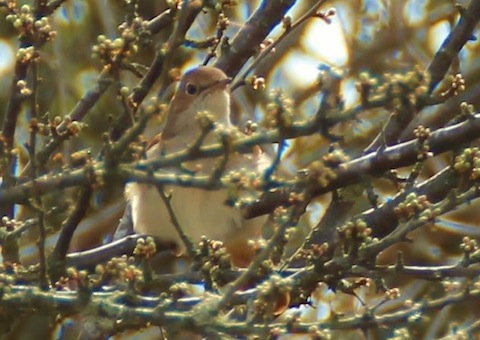
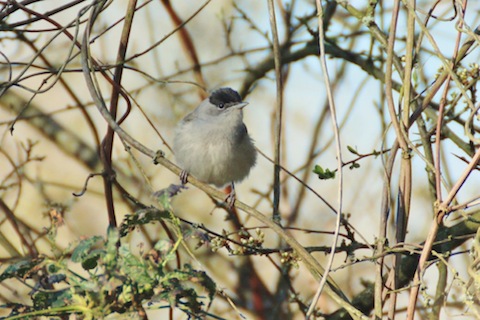

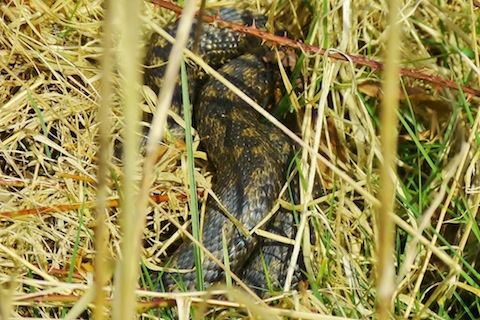
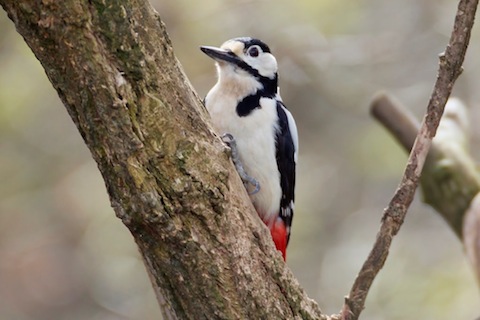
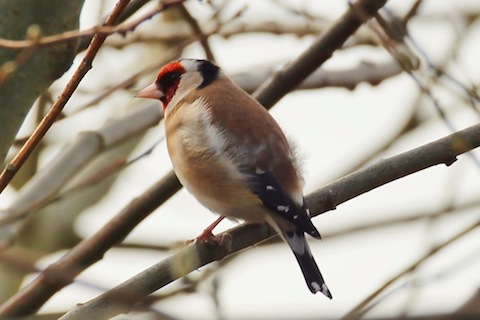
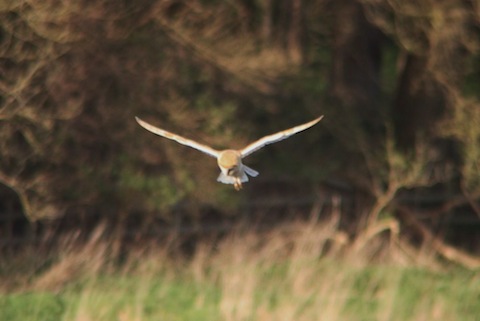


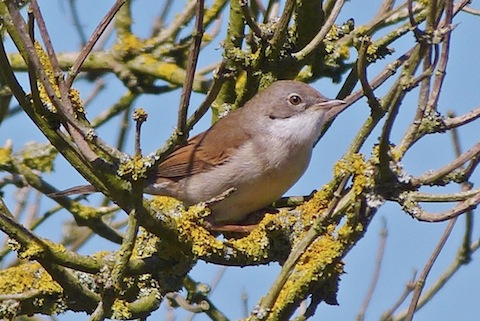
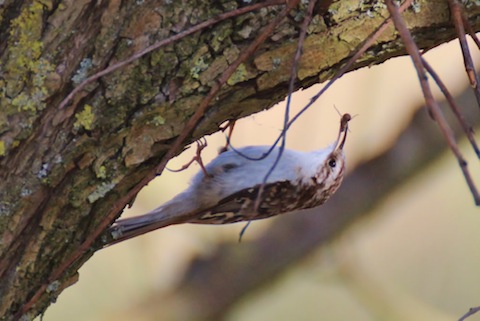
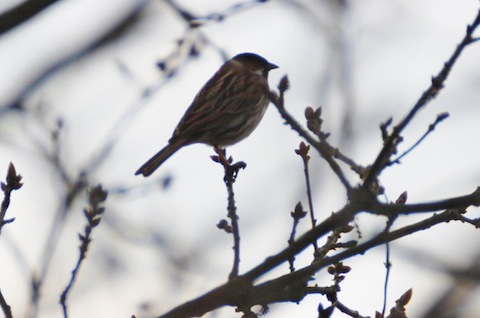
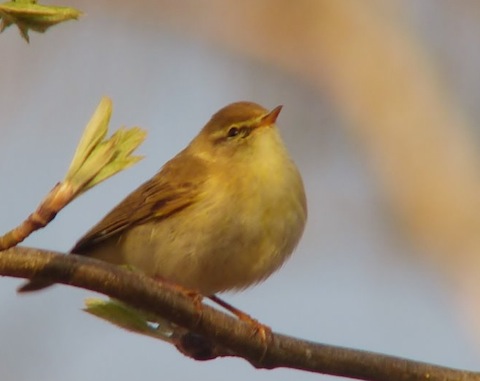
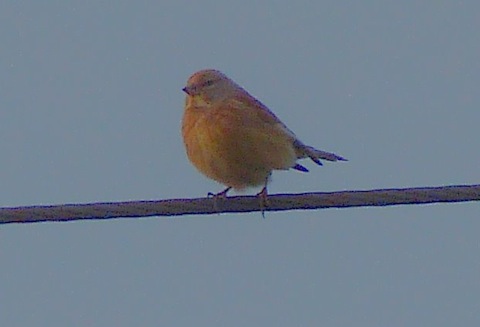


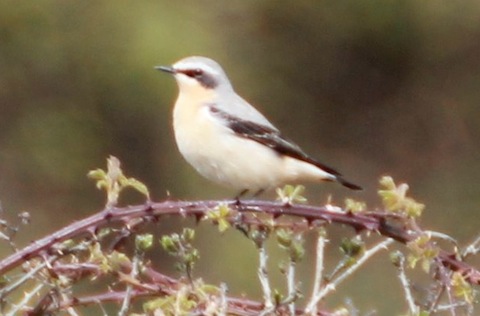

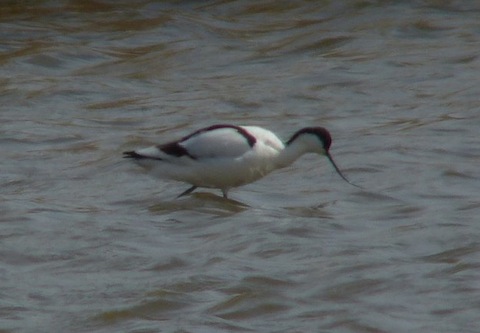
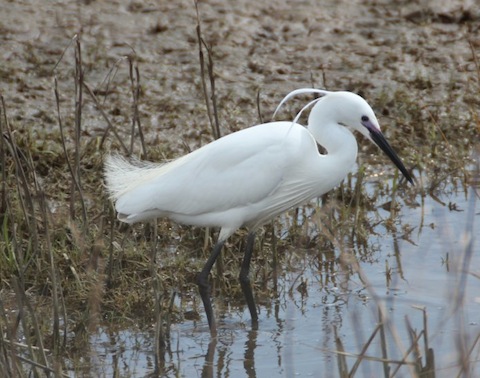
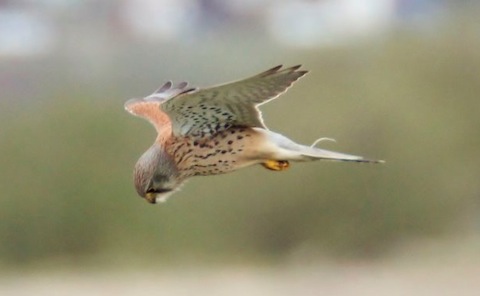

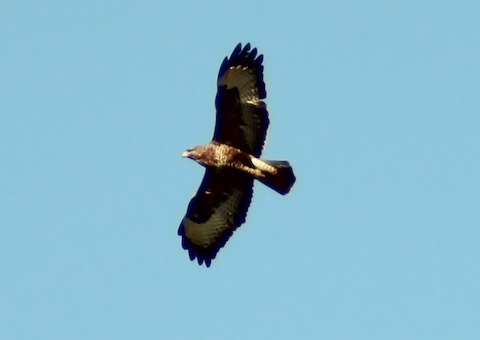
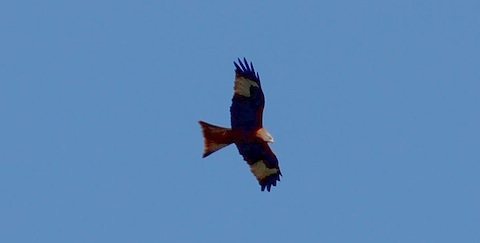




Sue Doughty
April 30, 2013 at 7:11 pm
Thanks for the lovely pictures and links. Nightingale is here at Stonebridge Wharf, also a pair of black caps is settling in now.